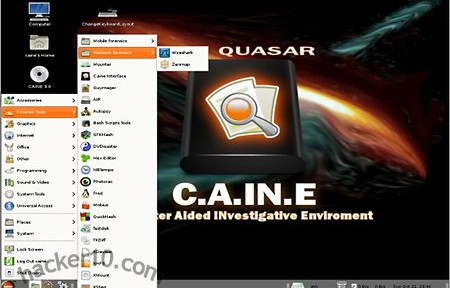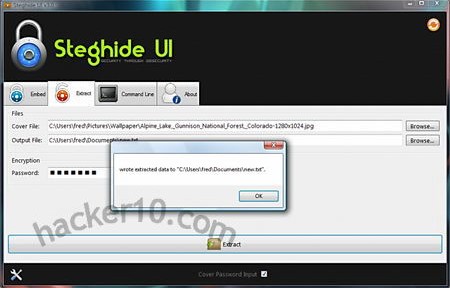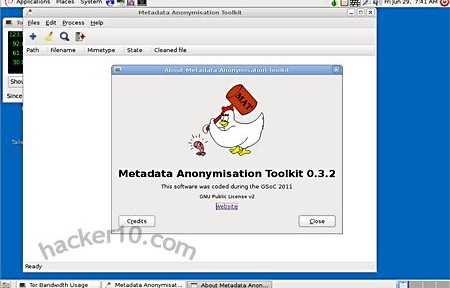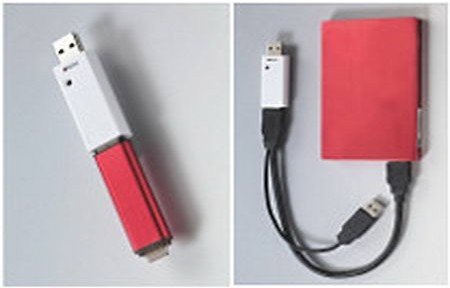LightLogger HeavenWard is a keystroke monitoring tool marketed to parents to spy on their children computing activities. I was a little surprised that my Avast antivirus did not flag it as malware and allowed me to install it without any warning, only Comodo Firewall asked me for permission to execute the file and make some Windows changes but that is all. If you have administrator rights in the computer where you would like to install this keylogger there will be no problems, Windows uninstall menu did not show the keylogger program and the taskbar did not have any icon, but manually navigating to “Program Files” will show a folder named “HeavenWard/Lightlogger“.
Screenshots are saved inside a subfolder of “ProgramData“, used by Windows to store application settings, it is not possible for a user to manually navigate there unless you directly enter the path in Windows Explorer toolbar. The keylogger main window can be brought back from hiding using a configurable shortcut, make sure that to install it in your Windows administrator account and not your target’s account, you will be able to spy on computer guest accounts from within your own.
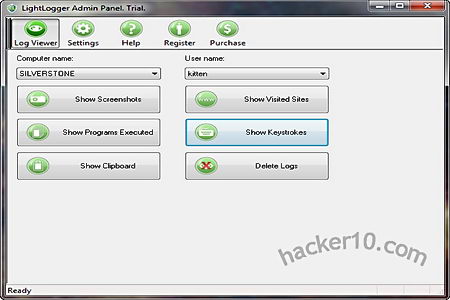
The program is very complete when it comes to gathering data, you can see the list of visited websites, typed keystrokes that will include passwords entered in secure sites like email services and social networks, pasted clipboard content, programs run and timed screenshots that can be configured in quality and intervals, captured data is appended with the precise date and time of the event.
This keystroke monitoring tool could spy on your children’s computer activities as the developer says, the program could also be used against older people with a limited Windows account, but it can not be emailed to anyone, you will need physical access to the computer with administrator rights to install it and anyone with advanced computing knowledge and able to access an administrator account could see the traces left in Windows registry keys if they happen to like playing with it, the program makes no effort to hide its name (LightLogger) and the installation is done in the default Program Files folder.
I think that you can safely use this keylogger on anyone in the same computer who is using an account without administrator rights and not able to access Windows system files, otherwise, it would be too risky.
Note: This is not a free program, the trial version will show a pop up window every hour.



